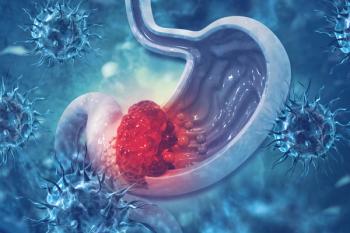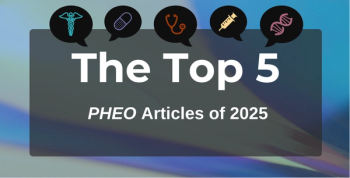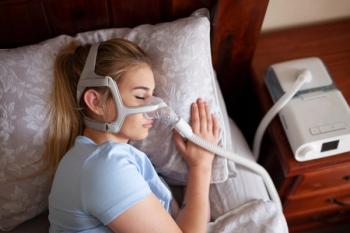
Berries, Red Wine Linked to Longer Survival in Patients With Parkinson Disease
People with Parkinson disease who regularly consumed flavonoids like berries, red wine, tea, and apples had lower rates of death than people who didn’t, according to a new study.
Researchers examining the dietary habits of participants in 2 long-running health studies found that patients with
Through the findings of other studies, flavonoids already have a reputation for being neuroprotective, but the authors said not much is known about their effect in people already diagnosed with PD. To that end, they examined the intake of these compounds before and after diagnosis.
Data for the studies came from 2 sources: the Nurses’ Health Study (NHS) and the Health Professionals Follow-up Study (HPFS). The NHS began in 1976 with 121,700 female registered nurses aged 30 to 55 years, and the HPFS began 10 years later with 51,529 male health professionals aged 40 to 75 years.
The researchers, from multiple universities, included 599 women from the NHS and 652 men from the HPFS who were diagnosed with PD during follow-up and had dietary data available. The average age for both groups at the time of PD diagnosis was about 72.
Participants in these studies answered questionnaires at the start and then biennially, with food-specific questions asked every 4 years. Intake of different types of flavonoids was calculated by multiplying the flavonoid content of each food by its frequency.
The diagnosis of PD was self-reported at first, and then confirmed by a neurologist who reviewed medical records. The average length of follow-up was 33 years.
Over the duration of the study, there were 944 deaths, or 75% of the 1251 participants, with 513 deaths from PD, 112 from cardiovascular diseases, and 69 from various cancers.
In both groups, those who consumed more flavonoids were more likely to have other healthy habits: they never smoked, were more physically active, and had higher intakes of vitamin C, vitamin E, and beta-carotene.
A higher consumption of flavonoids before a diagnosis was associated with a lower risk of dying from any cause in men, but not in women, after adjusting for age, smoking status, total energy intake, and other covariates. The authors were not certain if the differences were due to chance, or if genetics, inflammatory factors, or hormones play a role.
The analysis showed that a higher total flavonoid intake before PD diagnosis was linked with a lower future risk for all-cause mortality after PD diagnosis in men (hazard ratio [HR] comparing 2 extreme quartiles = 0.53; 95% CI, 0.39-0.71; Ptrend <.001) but not in women (HR = 0.93; 95% CI, 0.68-1.28; Ptrend = .69).
However, after diagnosis, there were no differences between men and women on the effect on mortality and flavonoid consumption.
One limitation of the study is that results were not adjusted to consider the severity of PD at the beginning of the study. The authors also noted that the participants in the NHS and HPFS were mostly White individuals from the health care professions, so results may not be applicable to other groups. In addition, some data may have been misclassified.
The research was published Thursday in the online issue of Neurology and was supported by the National Institute of Neurological Disorders and Stroke.
Reference
Zhang X, Molsberry SA, Yeh TS, et al. Intake of flavonoids and flavonoid-rich foods, and mortality risk among individuals with Parkinson disease: A prospective cohort study. Neurology. Published online January 26, 2022. doi:10.1212/WNL.0000000000013275
Newsletter
Stay ahead of policy, cost, and value—subscribe to AJMC for expert insights at the intersection of clinical care and health economics.







































